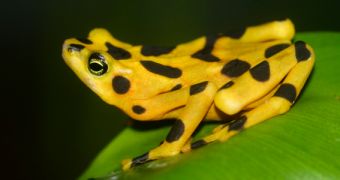The last extinction event to occur, at the boundary between the Cretaceous and Paleogene epochs, saw the dinosaurs and numerous other animals disappear from the face of the planet.
Scientists say that that event was the Fifth Extinction Earth underwent throughout its history, and argue that a new mass dying may have already begun. The human-produced event is called the Sixth Extinction.
“We are effectively undoing the beauty and the variety and the richness of the world which has taken tens of millions of years to reach. We're sort of unraveling that. We're doing, it's often said, a massive experiment on the planet and we really don't know what the end point is going to be,” says Elizabeth Kolbert.
She is the author of a new book called the Sixth Extinction, which provides an inventory of all other five mass dyings, before explaining how humans are causing a new one. Fossil fuels again take center stage here, since they are the main drivers of climate change and global warming, NPR reports.
Kolbert again brings into focus dazzling figures associated with species decline. Around 20 percent of reptiles, 15 percent of birds, 25 percent of mammals, 33 percent of reefs, 33 percent of mollusks, and 33 percent of manta rays and sharks are currently endangered or heading towards outright extinction.

 14 DAY TRIAL //
14 DAY TRIAL //